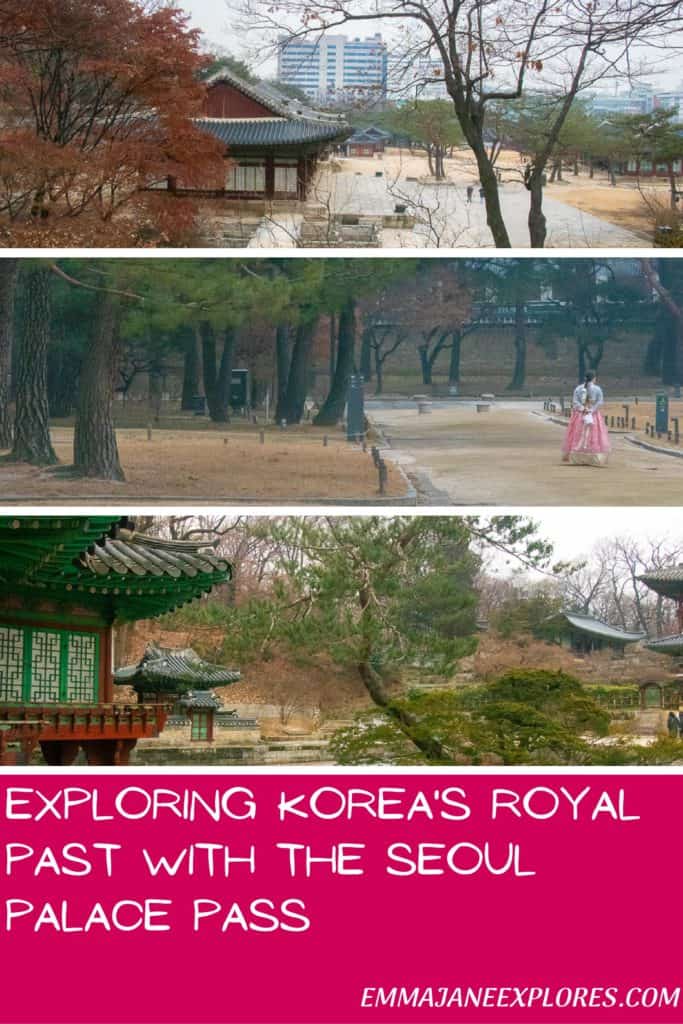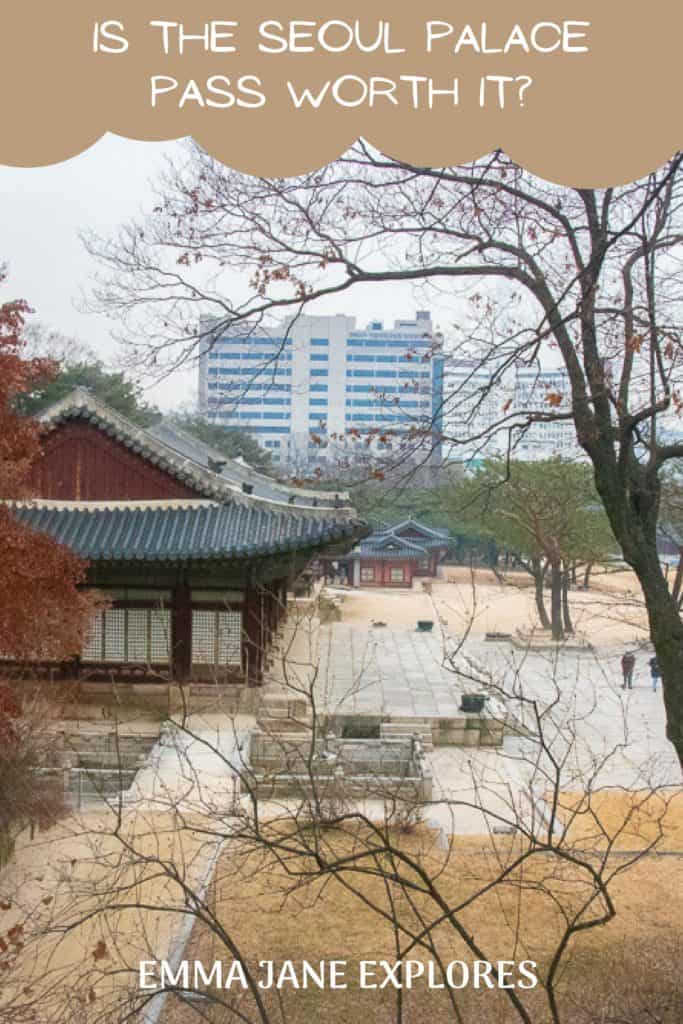Exploring Korea’s royal past: is the Seoul Palace Pass worth it?

A visit to Seoul is hardly complete without savouring the old-world wonder of the dynastic past of Korea. A visit to the area surrounding Bukchon Hanok Village will serve up views of looming palaces amongst the wooden houses and quaint traditional vibes of this part of Seoul.
Seoul has four major palaces to visit: Gyeongbokgung, Changdeokgung, Changyeonggung and Deoksugung. The two most significant palaces are Gyeongbokgung (which was the main palace) and Changdeokgung which is the best preserved of all the palaces and boasts UNESCO World Heritage status.
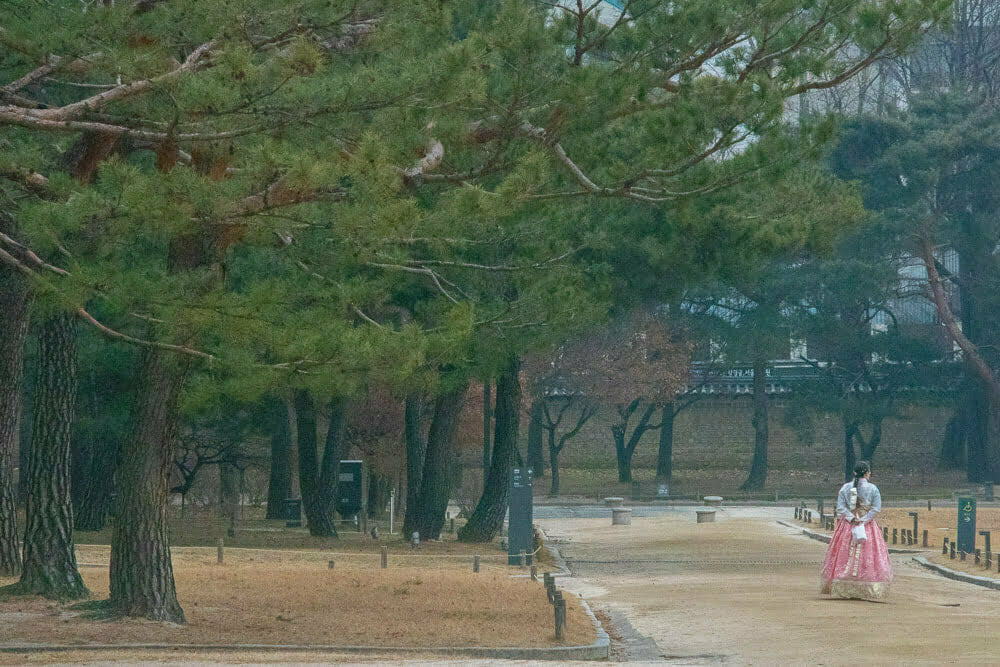
What is the Seoul Palace Pass?
The Seoul Palace Pass or Combination Ticket allows visitors to Seoul to explore all four of the royal palaces in the city as well as the UNESCO World Heritage Listed Jongmyo Shrine.
How to purchase a pass?
The combination ticket can be purchased from any of the ticket booths at all five sites and will set you back 10,000 KRW ($12 AUD). The combination ticket lasts for 3 months, so there is no rush to visit all the sites on the same day – though you should be aware that Jongmyo Shrine and the Secret Garden of Changdeokgung must only be entered on a guided tour, so time your visits appropriately.
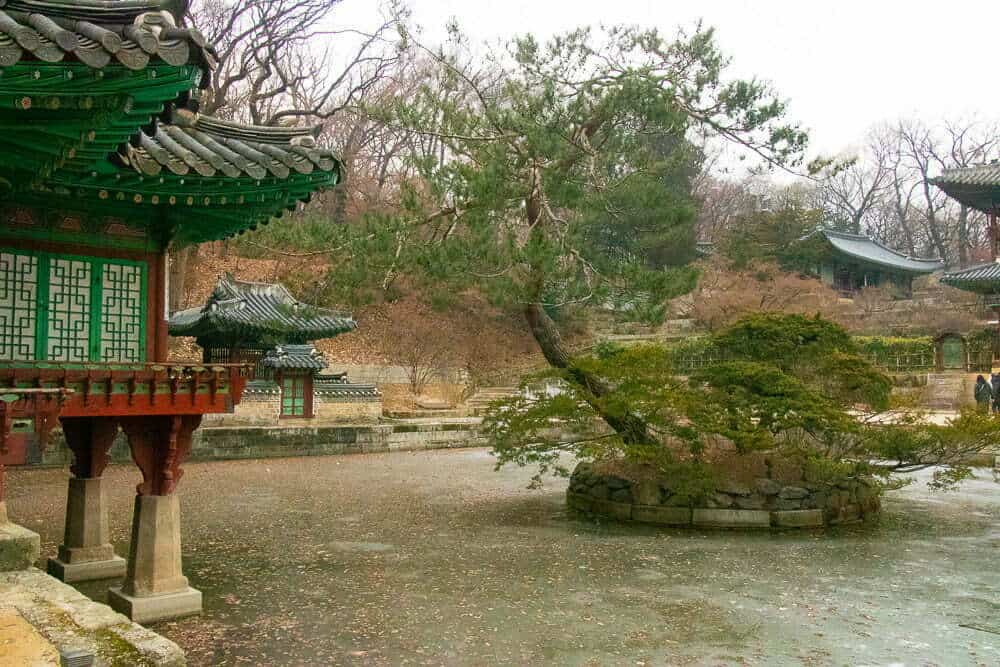
Sites that are accessible with the Seoul Palace Pass
Changdeokgung Palace
It is hard to go past the beauty and grandeur of Changdeokgung, a palace that embraces nature fully with an enormous back garden called Huwon, Biwon or Secret Garden. This palace was a favourite amongst royals because of its beautiful and expansive grounds and became the main palace for many in the Joseon Dynasty.
Changdeokgung was built in 1405, Like many historical sites in Korea, unfortunately Changdeokgung was damaged and burnt significantly during the Japanese occupation of the 1600s and again in the early 20th century. However, the palace has now been restored in line with Korean traditional architecture and is touted as the best preserved of all the palaces in Seoul. For this reason, Changdeokgung is UNESCO World Heritage listed.
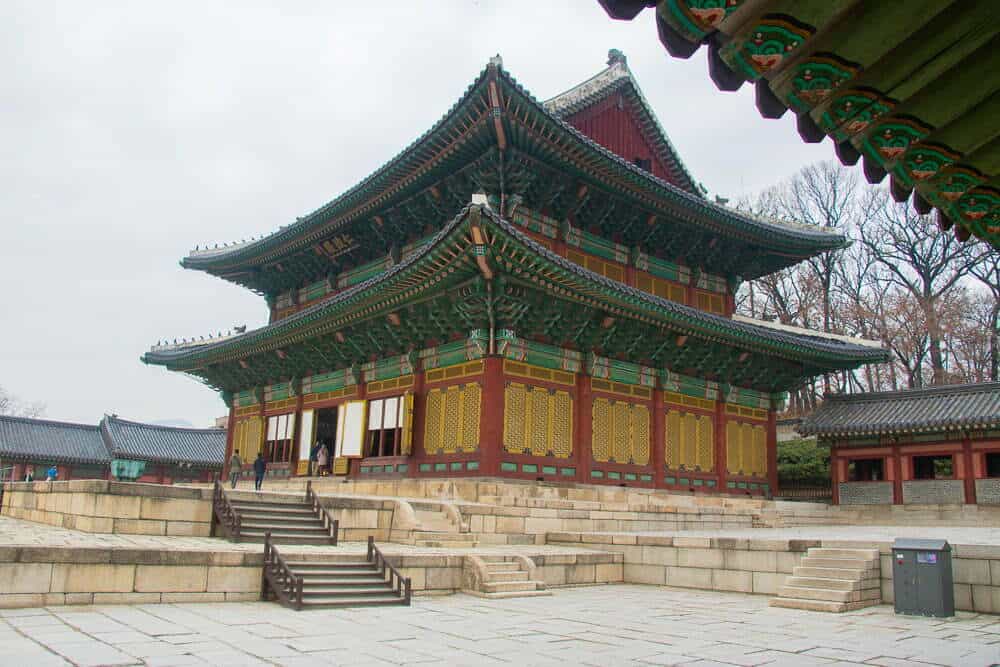
The Seoul palace pass covers both the exploration of the palace grounds and also a guided tour of the secluded Huwon, however guided tours in English are only held three times a day at 10.30am, 11.30am and 2.30pm so be sure to time your visit.
As I visited Seoul in Winter, my experience was a chilly one, however there was something incredibly beautiful about seeing the Secret Garden all frosted and icy as if frozen in time.
A major highlight of a visit to Changdeokgung includes the vibrant hand painted wooden buildings, decorated in traditional Korean designs akin with nature. If you look closely, each beam has a slightly different design.
Also breathtaking is the Chinese Juniper Tree that can be spotted at the conclusion of the Huwon guided tour. This twisted, unique tree is over 750 years old and is a National Monument.
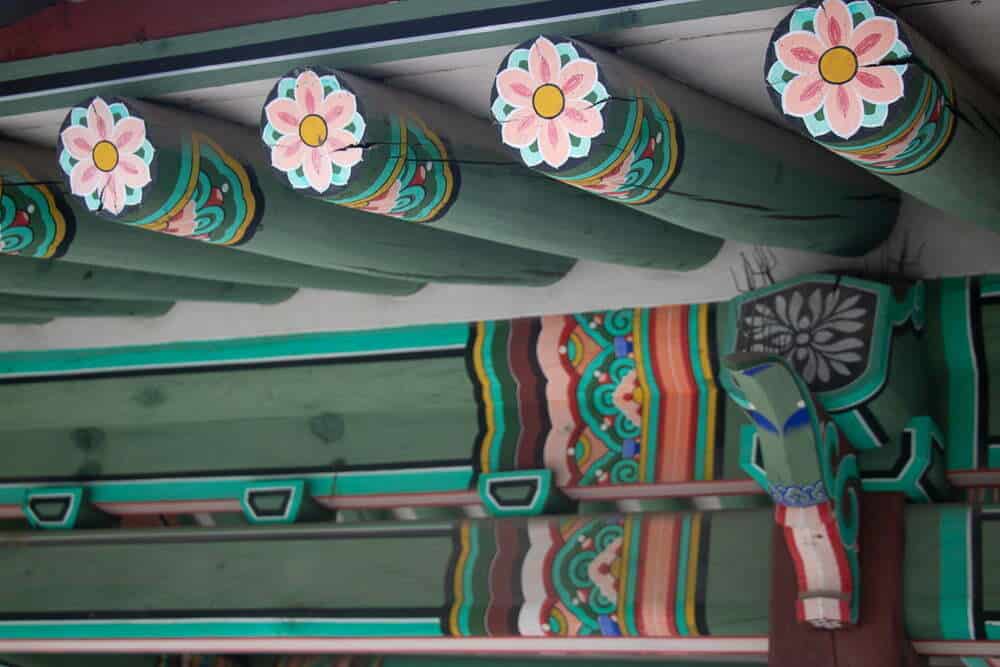
Changgyeonggung Palace
Located in the same grounds as Chandeokgung, this palace was also built in the 15th century. Never used as the main palace, Changgyeonggung was built by the 4th Joseon King for his father as a sign of respect. The palace was mostly used for queens and concubines to reside.
Changgyoenggung has a checkered history. Like the other palaces, this too suffered at the hands of Japanese occupation where in the 20th century, the occupiers turned the palace grounds into a kind of theme park and zoo which remained until 1983. Luckily, now, Changgyeonggung is restored to its former glory.
The Seoul palace pass covers entry to Changgyeonggung and there is no need to wait for a guided tour – the palace is free to explore at your leisure. Given that it’s located in the same area as Changdeokgung, it usually makes sense to visit both palaces and do the Secret Garden tour in the same visit.
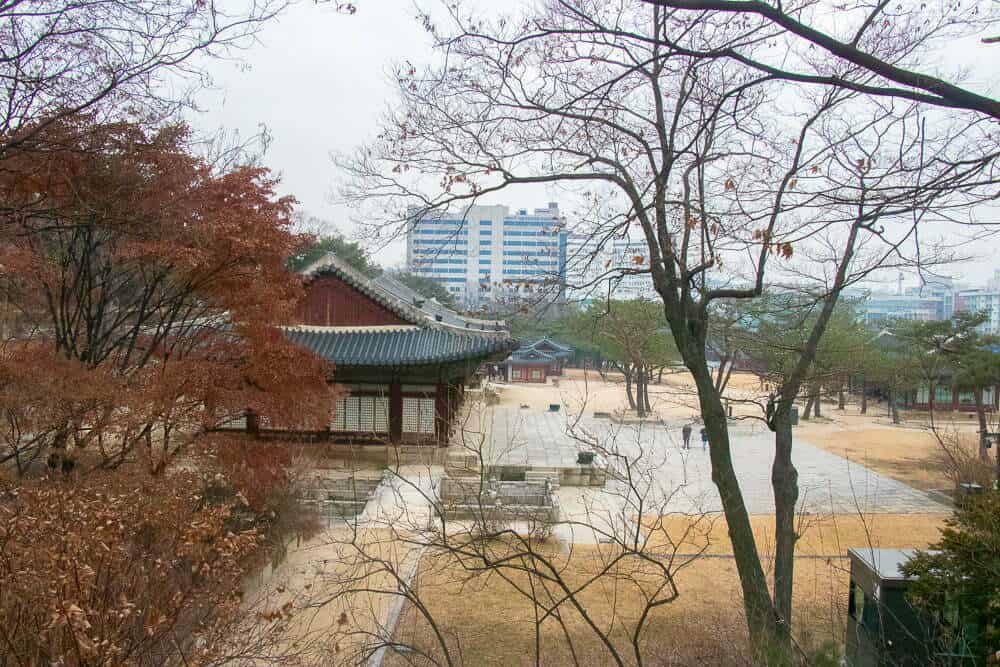
Jongmyo Shrine
I found UNESCO World Heritage listed Jongmyo Shrine one of the most fascinating places in Seoul. Accessible only by guided tour, visiting the shrine is a truly unique experience that provides a very different perspective into the tradition and spiritual beliefs of the Korean people.
Immediately noticeable on entering the grounds is the dark cobbled stone path called the Sanmo Road with a raised section in the middle called Sin-ro, the auspicious path for the ancestral spirits. The king would walk on the right side of the raised section and the crown prince on the left. Keep an eye out for these paths as visitors must not walk on them.
Jongmyo is actually the oldest royal Confucion shrine in existence and still to this day hosts religious ceremonies yearly. Nineteen of the kings and queens of the Joseon dynasty are enshrined on these hallowed grounds, in the largest wooden building in Korea.
The Seoul palace pass covers entry and a guided tour and Jongmyo Shrine is super close to Changdeokgung and Changgyeonggung so it would be easy to do the three in the same day provided you time the guided tours for the Secret Garden and shrine well. At time of publishing, English tours run every two hours from 10am until 4pm and the shrine is closed each Tuesday.
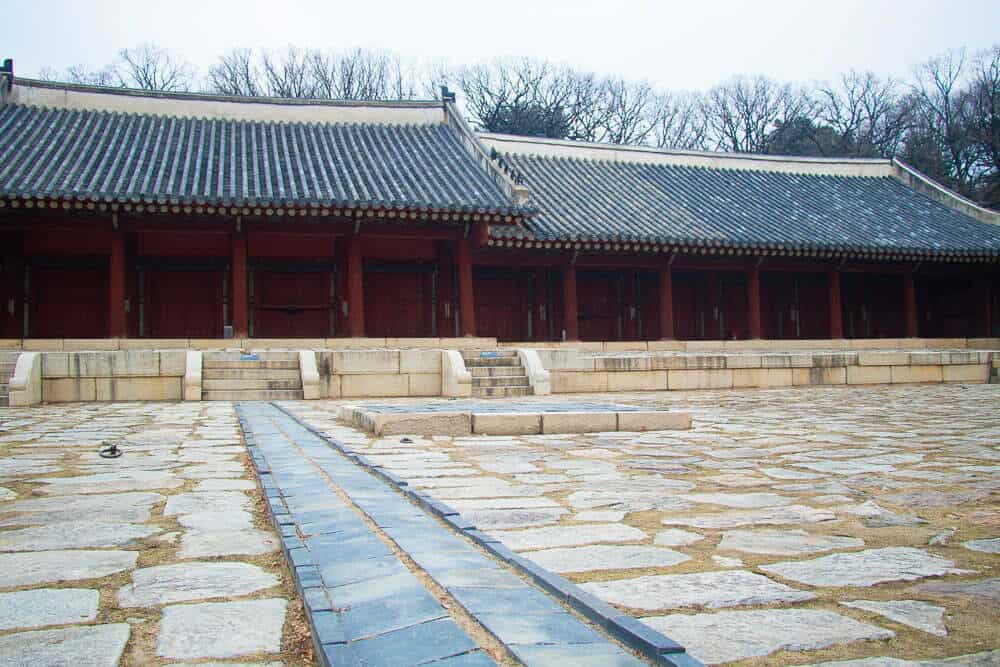
Gyeongbokgung Palace
Gyeongbokgung is the oldest of the palaces on the Seoul Palace Pass and arguably the most significant, completed in the 14th Century. However, the palace has suffered from multiple destructions and rebuilds, which is why the younger Changdeokgung Palace is actually the better preserved of the two.
That said, a lot of restoration work has happened in the last few decades which has restored the palace to its former glory and a major tourist destination for history lovers.
Deoksugung Palace
Deoksugung Palace is a little further away from the other palaces and is inconspicuously nestled in amongst the city. This palace is probably the least visited of the four Seoul royal palaces, however it actually became the main legal palace when the 26th Joseon King ascended to the throne and was the second most used palace of the dynasty overall.
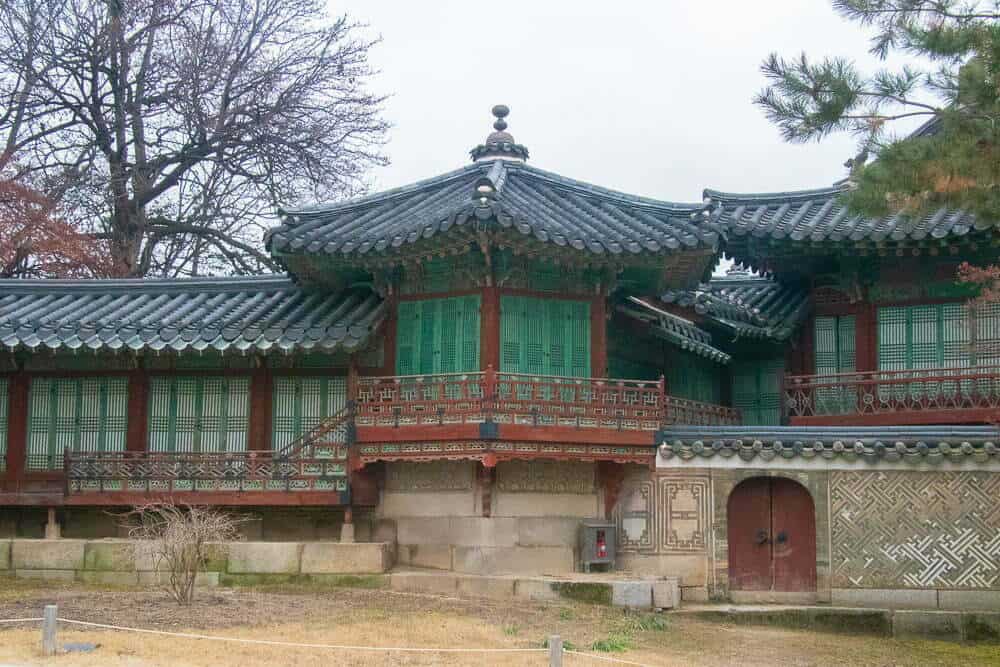
So, is the Seoul Palace Pass worth it?
I only had time to visit 2 out of the four palaces, do the Secret Garden tour and the Jongmyo shrine guided tour, so ended up no worse off, but no better off. Either way, I would have forked out 10,000 KRW (with the pass or without).
However, if I had visited all five sites, I would have saved 4000 KRW (around $5 AUD) compared to buying tickets individually.
In addition, the convenience of not having to line up at each ticket booth can save you time, especially if the sites are busy on the days you visit.
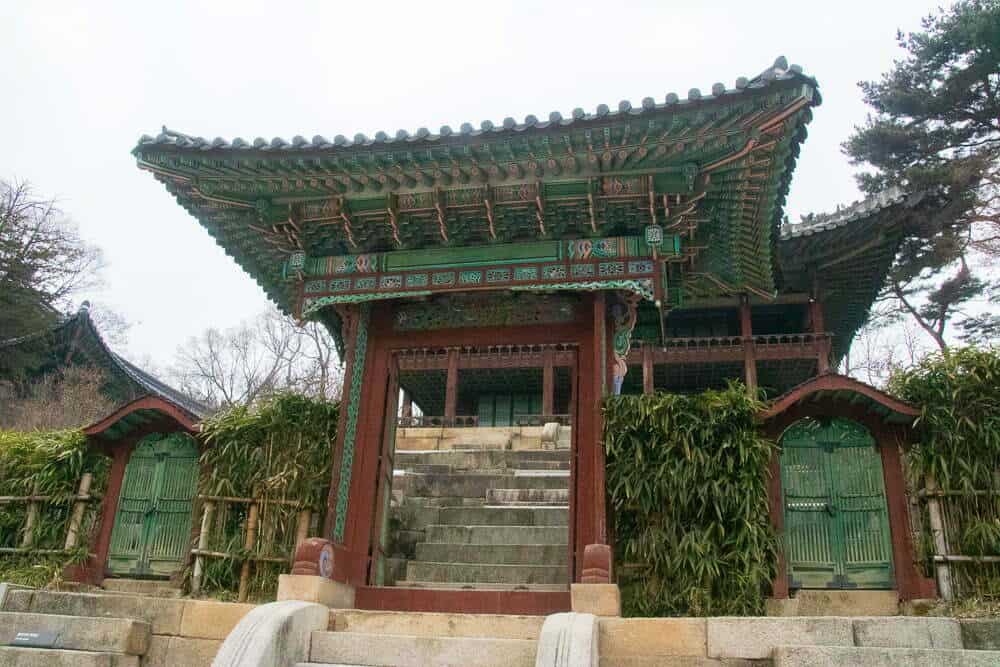
Locations of the sites included in the Seoul Palace Pass
Changdeokgung and Huwon Secret Garden
99, Yulgok-ro, Jongno-gu, Seoul
(서울특별시 종로구 율곡로 99)
Changgyeonggung
185, Changgyeonggung-ro, Jongno-gu, Seoul
(서울특별시 종로구 창경궁로 185)
Gyeongbokgung
161, Sajik-ro, Jongno-gu, Seoul
(서울특별시 종로구 사직로 161)
Deoksugung
99, Sejong-daero, Jung-gu, Seoul
(서울특별시 중구 세종대로 99)
Jongmyo Shrine
157 Jong-ro, Jongno-gu, Seoul
Like this post on the Seoul Palace Pass?
Pin to save it for later!
